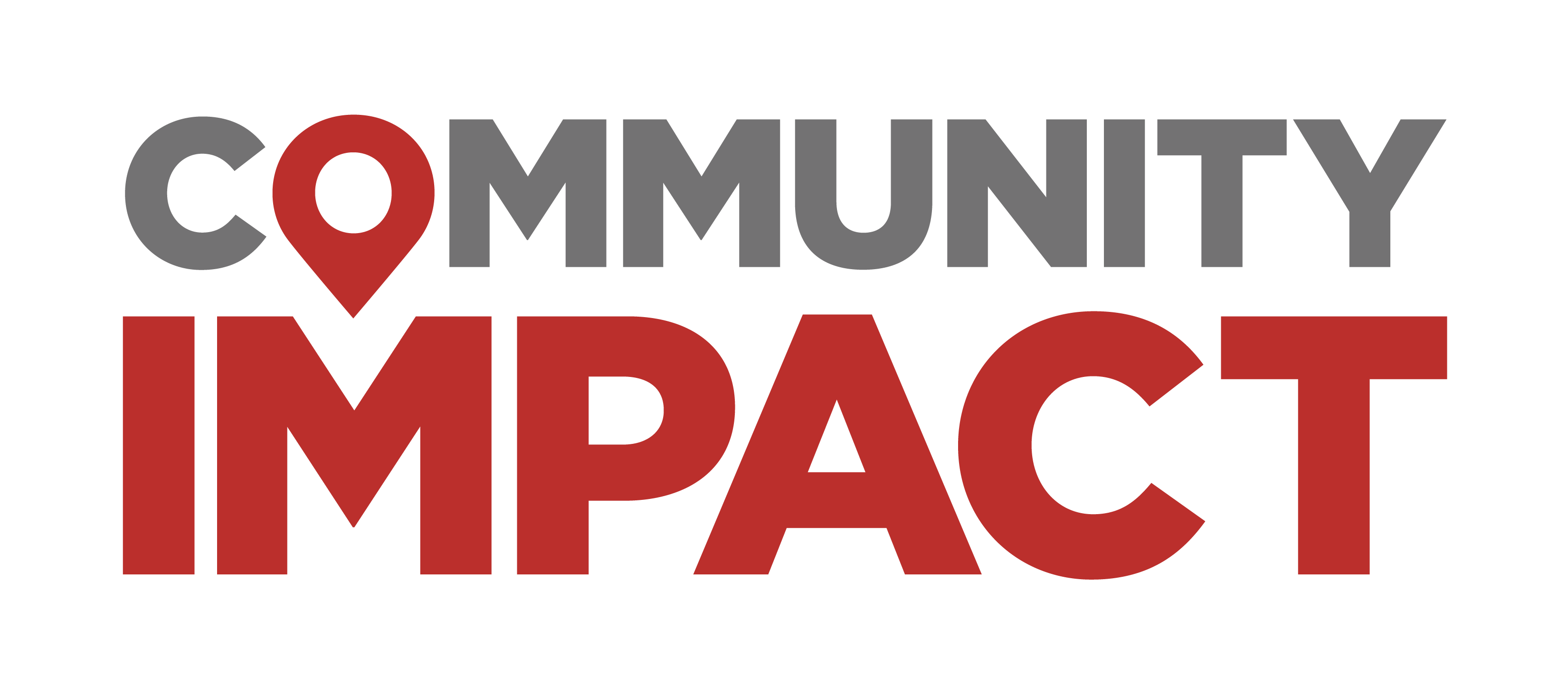As the 2023 Texas Legislature convenes, education advocacy organization Raise Your Hand Texas is urging the public to become educated on the topic of vouchers.
Fort Worth resident Glenda Diaz, a community volunteer and advocate against vouchers, said Texas needs to invest more in public education and the diversity of its residents.
“With vouchers, we move people away from public schools. In public schools, when you lose a student, the school can lose $10,000 in state and local funding. That’s detrimental for a school system, especially when you have fixed costs,” Diaz said.
Diaz, who is also a parent of two children in public schools, believes vouchers would minimize the state’s student population, increase classroom sizes and diminish a sense of community.
“We’re having a huge problem of getting businesses to come to Fort Worth. One of the reasons cited is Fort Worth ISD is not somewhere they’d want children to go to,” Diaz said. “If we’re having people going to private schools and using vouchers, it would decrease our public school funding.”
Effects of vouchers
Vouchers are typically introduced as a way to provide additional school choice options for students in the U.S., although voucher critics believe Texas already offers a variety of options for families through the public school system, and that any sort of voucher would divert public funds away from public schools.
“The public education system here in Texas educates about 90% of our students, and we do a really good job at it,” said Bob Popinski, senior director of policy for Raise Your Hand Texas. “We offer a lot of school choice programs in the education system, not only through the charter system, which offers education to nearly 400,000 kids, but we have P-TECH programs, early college programs and magnet programs.”
With these school choice options comes accountability, Popinski said, as students are required to take the state’s assessment and follow state curriculum guidelines. Additionally, public school districts are held accountable under the state’s A-F ratings as well as its financial integrity rating system.
“We think you can have choice in our state and still hold school districts accountable for student achievement,” Popinski said. “We don’t believe vouchers can do that.”
There are currently 14 states in the U.S. with voucher programs in place, which include traditional models, business tax credits, education savings accounts, and now in the age of virtual education, there are virtual vouchers. In Texas specifically, the newest proposals are referring to bracketed voucher systems.
“A lot of these work through education savings accounts where you put it into an account for the parent, and they can take that money to any private institution or private vendor that they like, taking the money out of our public school system,” Popinski said.
The push for vouchers is not new, but there has been a stronger national push in recent years; the most recent state to adopt them is Arizona, which approved a universal voucher program in 2022.
“What you’re seeing with the program in Arizona is 80% of the kids who are enrolling in the voucher program already attended private school, which says a lot about what voucher programs can do to your state and public education system,” Popinski said.
That is also true in New Hampshire, where 89% of the students enrolled in the voucher program already attended a private school, along with Wisconsin at 75%.
“That’s what we’re pushing back against. We don’t want this just to be for students who attend private schools, we want funding for the common good for all of our 5.4 million students,” Popinski said.
Additionally, the cost of private school tuition in Texas averages around $11,000, and can go upwards of $20,000 at certain institutions — thousands of dollars more than a voucher of $4,000-$6,000 would pay for.
“We spent decades developing systems of curriculum and assessments, and to have a third parallel system along with charter schools — where no one is held accountable for those types of provisions — is troubling,” Popinski said.
Other legislative priorities
Instead of directing money toward voucher systems, Diaz said she would like to see legislators focus on teacher retention, updating curriculum to better equip students for trade school, and creating wireless networks for students who do not have internet access at home.
“Many students don’t have the internet at home and many schools are moving to iPads,” Diaz said. “We need to create a wireless network so even if they’re at home and can’t afford it, they can still log in.”
Popinski agreed, noting the state should continue to provide public education the basic resources it needs as the first and foremost options.
“We are in the bottom 10 when it comes to per-pupil spending, and looking at the teacher workforce we’re $7,500 behind the national average,” he said. “We have a lot of work to do on just the basic public education needs of our 5.4 million students, almost 400,000 teachers, and 250,000 additional staff members.”
Diaz urged the public to educate themselves on vouchers and know how they would affect everyone if instituted in Texas.
“It benefits all of us if we have accountability for the schools,” she said. “Private schools can do whatever is right for them. They are there to make money, while public schools are there to educate and invest in our children.”
The above story was produced by Community Impact's Storytelling team with information solely provided by the local business as part of their "sponsored content" purchase through our advertising team. Our integrity promise to our readers is to clearly identify all CI Storytelling posts so they are separate from the content decided upon, researched and written by our journalism department.
Select your community
Support Us
News
- Austin Metro
-
Houston Metro
- Houston Metro Home
- Bay Area
- Bellaire | Meyerland | West University
- Conroe | Montgomery
- Cy-Fair | Jersey Village
- Cypress
- Heights | River Oaks | Montrose
- Katy | Fulshear
- Lake Houston | Humble | Kingwood
- New Caney | Porter
- Pearland | Friendswood | Manvel
- Spring | Klein
- Sugar Land | Missouri City
- The Woodlands
- Tomball | Magnolia
- Dallas | Fort Worth Metro
- San Antonio Metro






